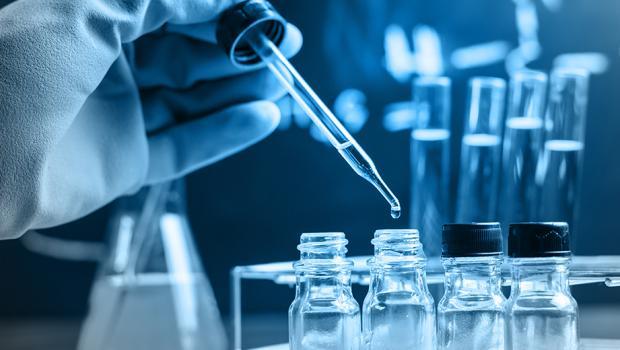
Nickel borate based electrocatalyst for water oxidation
For the efficient solar to chemical energy conversion devices, achieving a water splitting at a low overpotential with high oxygen evolution efficiency and stability has remained a critical requirement. Among the most active OER catalysts identified to-date, iridium oxide (IrO2) and ruthenium oxide (RuO2) have shown the most promising performance. In both alkaline and acidic media, IrO2 and RuO2 demonstrate good activity and acceptable stability. However, their low elemental abundance and high cost have seriously hampered their widespread deployment in large scale water electrolyzers. This has led to an intensive research for low-cost and more effective catalytic materials for water electrolysis. The first row transition metal based materials have emerged as the most promising electrochemical catalysts due to their abundance, low-cost and good efficiency. Among these metals, nickel based electrocatalysts have attracted huge interest due to its unique set of catalytic properties. Although nickel based electrocatalysts (nickel oxides, hydride, sulfide, phosphide, etc.) have demonstrated excellent catalytic performance but their longterm stability remains an issue. A lot of work is being undertaken to improve the efficiency and stability of these materials. Recently, nickel borate have shown a great promise to extend the stability of these materials in both acidic and basic environments. Although promising, a lot of work is still needed before these materials can be considered for real applications. In this thesis nickel borate catalysts were prepared through a simple spin coating process on a stable titania support. Effect of different processing conditions such as precursor concentration, spin speed, spinning duration, heating and support’s soaking temperatures were optimized to get the best electrodes. These catalysts were then evaluated for their morphology, thickness and electrolytic properties. The optimized catalyst exhibited a low overpotential of 350 mV at 10 mA/cm2, a peak oxygen evolution current density (J) of ∼523 mA cm−2 and a Tafel slope of 66 mV dec−1. The long-term stability of these Ni-Bi against electrocatalytic water oxidation exhibited a stable and sustained oxygen production for about 20 hours at a current density of 10 mA cm-2. This novel approach offers a simple method for the preparation of cost-effective and highly efficient electrocatalyst for water oxidation that can also be extended to similar applications in related fields.

